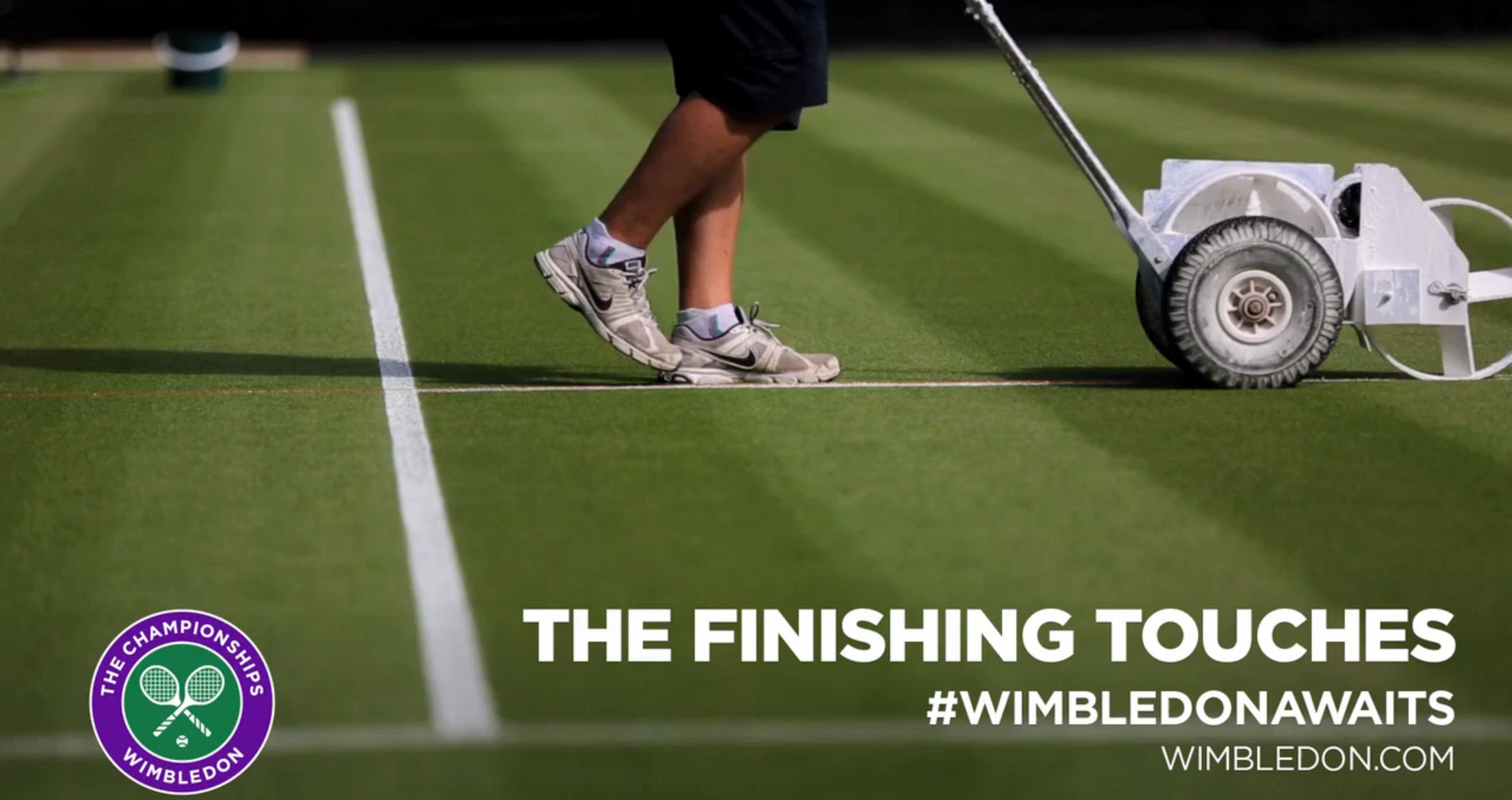A Day in the Life: The Grass of Wimbledon
July 6, 2015 in Articles
Wimbledon is the only Grand Slam that has a day free of play in the middle of the tournament.
Why? It has nothing to do with old-fashioned British decorum. Nor is it a hangover from the days when everything closed on Sundays and everyone, except emergency workers, had ‘the seventh day’ off to recharge. The All England Club is closed on Middle Sunday simply to give the courts a breather. It’s all about the grass.
“People often ask, ‘Why don’t you play on the Middle Sunday?’, but it’s not about having a day off,” confirms Philip Brook, Chairman of the All England Club.
“The main reason is that it gives the groundsmen the only opportunity to put a proper amount of water on the courts to get them ready for the second week.”
So while the players go into competitive ‘pause mode’, head groundsman Neil Stubley and his team of 28 are in at dawn to tend to the precious grass.
Before the thirsty courts are refreshed and revitalised with a scientifically determined and finely judged amount of water, the ground staff also make the most of middle Sunday to wield a machine known as the Billy Goat over the worn T-shape on each side of the net – predominantly the baseline and the path to the net via the centre service line. This hoovers up debris that has been scuffed up by the players’ feet from the first six days of play.
Such a show of TLC and pampering is not surprising when you consider it takes 15 months to prepare the dense sward that is a Championships-standard grass court before it can be played on. Only then has the carpet of grass and its seedbed settled to a firmness that can endure the battering a 13-day Grand Slam will inflict.
Last year, for instance, a total of 3,177 hours of tennis from 654 matches were played on all 41 courts (19 Championship courts and 22 practice ones). Centre Court alone – which owes its green surface to 54 million single grass plants – hosted 77 hours of play.
